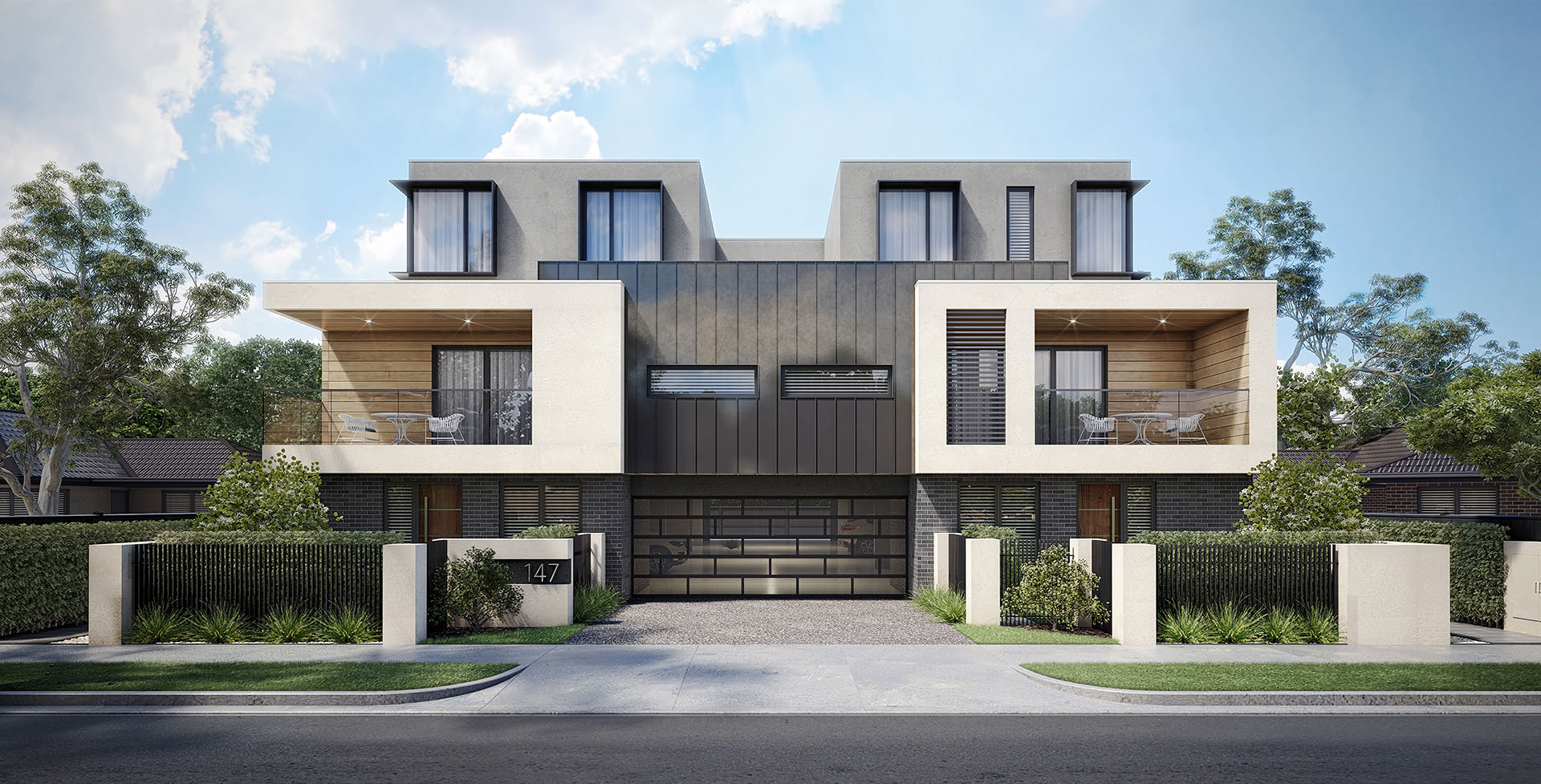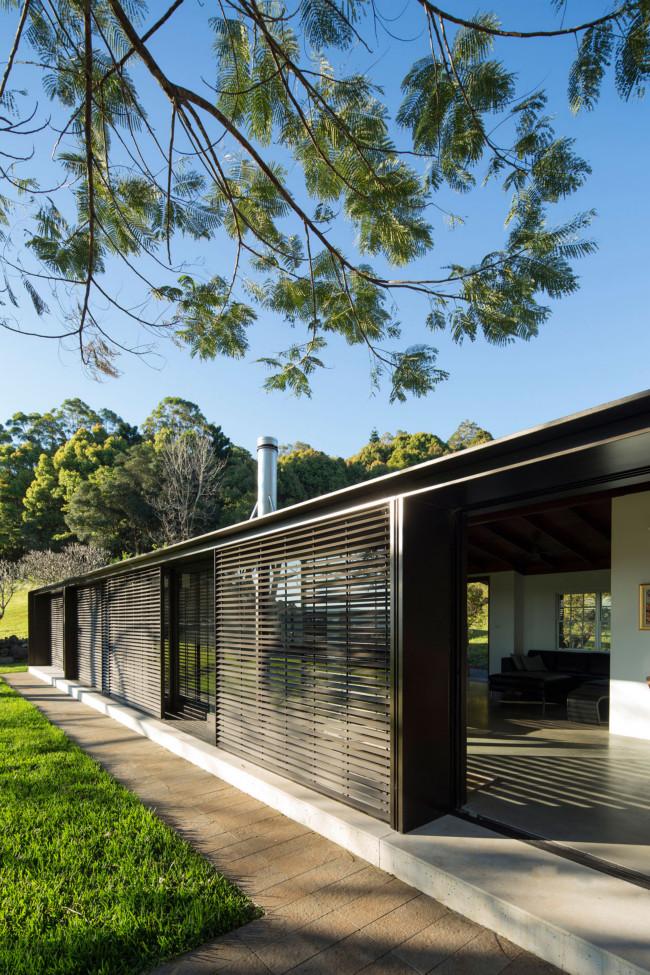Leading Trends in Residential Design You Should Understand About
As domestic style continues to advance, several engaging trends are shaping the means we design and occupy our home. Key developments such as lasting structure practices, the assimilation of smart home innovation, and the surge of modular homes underscore a considerable change towards both performance and ecological responsibility. Additionally, ideas like open strategy living and biophilic design are redefining our interaction with area and nature. Recognizing these trends not only notifies layout selections but likewise exposes more comprehensive implications for way of life and neighborhood - residential house architect. What might these technologies suggest for the future of household living?
Sustainable Building Practices
An increasing number of residential projects are welcoming lasting structure techniques, driven by an expanding understanding of environmental impact and energy efficiency. This change is identified by the combination of green products, energy-efficient styles, and ingenious construction methods. Building contractors and home owners are significantly prioritizing making use of renewable sources, such as bamboo and recycled metals, which not only lower the carbon impact yet likewise enhance the resilience and aesthetic allure of buildings.
Including energy-efficient systems is one more crucial facet of sustainable building - residential house architect. Attributes such as high-performance insulation, energy-efficient windows, and photovoltaic panels are ending up being standard in brand-new domestic layouts. These aspects not only add to lower power consumption yet also give considerable lasting cost savings for homeowners
Additionally, the layout of lasting homes frequently stresses natural light and air flow, reducing the reliance on fabricated illumination and environment control systems. Landscaping methods, such as xeriscaping, more promote sustainability by lessening water usage.
As the demand for lasting living solutions continues to climb, the domestic design field is poised to introduce and adapt, making certain that future homes are not only ecologically liable but functional and likewise comfy for their owners. - residential house architect
Smart Home Technology
Smart home innovation is changing the way property owners engage with their living rooms, enhancing benefit, safety, and power monitoring. This innovative approach integrates various tools and systems, permitting customers to regulate their homes from another location or via automated procedures. Central to this fad is making use of clever tools such as thermostats, illumination, safety cams, and home appliances, all linked by means of the Web of Things (IoT)
One of one of the most enticing attributes of wise home innovation is the capability to customize setups for optimum power effectiveness. Property owners can keep track of energy use and change air conditioning, heating, and lighting based on their regimens, substantially decreasing energy expenses. Additionally, advanced safety systems geared up with smart locks and security video cameras provide comfort, enabling remote surveillance and informs to potential safety breaches.
Assimilation with voice-activated assistants boosts user experience, enabling homeowners to manage tools with easy voice commands. As modern technology continues to progress, the possibility for smart home systems to enhance top quality of life expands, making them a vital factor to consider in modern property style. Ultimately, wise home innovation is not simply a fad but an essential change towards more intelligent living atmospheres.
Open Principle Living
Open up concept living has emerged as a specifying function in contemporary property style, identified by the removal of traditional barriers between areas. This style ideology advertises fluidness and connectivity within the home, permitting a seamless transition between areas such as the kitchen area, dining, and living spaces. By getting rid of dividings and wall surfaces, open principle formats develop a feeling of space, cultivating a welcoming ambience that boosts social communication.

Moreover, this strategy to domestic layout aligns with minimalism, concentrating on functional simpleness and visual coherence. Home owners appreciate the convenience of these layouts, which can be quickly this adjusted to show my link individual design through furnishings arrangement and design. As open principle living continues to acquire grip, it remains a testimony to evolving family characteristics and the need for homes that enhance connection and convenience.
Biophilic Layout
Biophilic design has come to be increasingly considerable in property style, emphasizing the innate link in between human beings and nature. This design viewpoint looks for to incorporate all-natural elements into living areas, consequently cultivating a feeling of well-being and enhancing the high quality of life for passengers. By including attributes such as all-natural light, vegetation, and organic materials, biophilic design promotes a harmonious connection between indoor atmospheres and the environment.
Crucial element of biophilic style consist of big home windows that supply unblocked sights of outside landscapes, living wall surfaces that introduce greenery into interiors, and open layout that encourage airflow and all-natural light infiltration. Water attributes, both within and outside the home, offer to produce relaxing environments and enhance sensory experiences.
Additionally, using sustainable products not just sustains environmental stewardship but also adds to much healthier interior air high quality. As awareness of environmental problems increases, homeowners are increasingly focusing on styles that show their connection to nature. In significance, biophilic layout not only raises aesthetic allure however likewise addresses psychological and psychological needs, making it an essential pattern in contemporary residential style.
Modular and Prefab Houses

In addition, prefab and modular homes are developed with sustainability in mind. Many manufacturers utilize green products and energy-efficient systems, such as photovoltaic panels and advanced insulation strategies, contributing to minimized energy intake and reduced energy bills for house owners. The flexibility of design alternatives permits for customization, providing to diverse functional needs and aesthetic preferences.
As the need for affordable real estate continues to increase, modular and prefab homes provide a practical remedy, dealing with both economic and environmental difficulties. Communities are increasingly recognizing the possibility of these frameworks, incorporating them right into metropolitan and country settings. In general, the pattern toward modular and prefab homes signifies a change towards much more lasting, reliable, and versatile living atmospheres, making them an essential aspect of contemporary domestic style.
Verdict
In conclusion, the evolving landscape of property architecture showcases substantial patterns that focus on well-being, technology, and sustainability. Lasting building practices and smart home innovations improve efficiency and benefit, while open idea living and biophilic layout foster social interaction and a connection to nature. Furthermore, the rise of prefab and modular homes offers adjustable and cost effective services, reflecting a more comprehensive shift towards functional and responsible living. These fads jointly highlight a commitment to developing harmonious and innovative residential settings.
Key growths such as lasting structure methods, the integration of wise home modern technology, and the rise of modular homes highlight a considerable shift in the direction of both performance and environmental responsibility.The surge of modular and prefab homes has actually transformed the household architecture landscape, using ingenious options for reliable and lasting living.Moreover, prefab and modular homes are created with sustainability in mind. Generally, the trend towards modular and prefab homes represents a change towards more lasting, reliable, and adaptable living atmospheres, making them a crucial element of contemporary domestic architecture.
Sustainable structure practices and smart home innovations boost performance and comfort, while open concept living and biophilic style foster social interaction and a link to nature.
 Danny Tamberelli Then & Now!
Danny Tamberelli Then & Now! Rick Moranis Then & Now!
Rick Moranis Then & Now! Judd Nelson Then & Now!
Judd Nelson Then & Now! Michael Fishman Then & Now!
Michael Fishman Then & Now! Rossy de Palma Then & Now!
Rossy de Palma Then & Now!